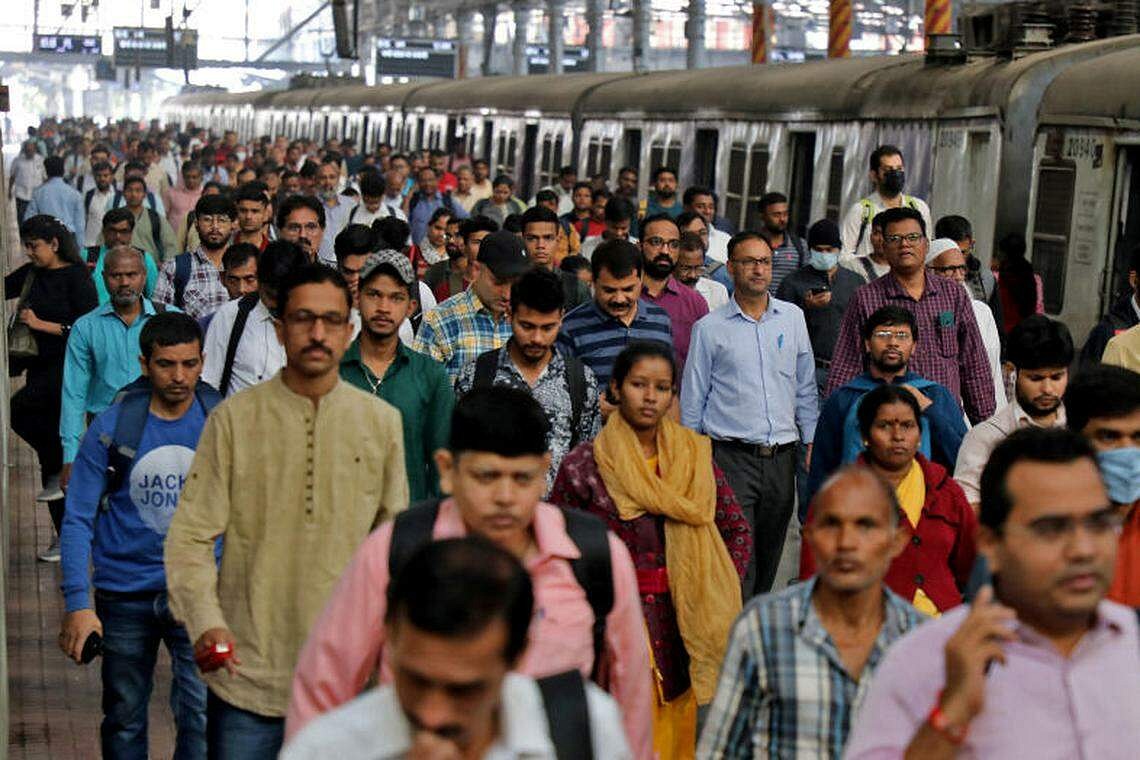India’s population growth: A dividend or a crisis?

In India, around 23 million babies were born in 2022, far outstripping births in any other country.
This is as China saw only 9.56 million births in the same year. On Jan 17 this year, it announced a drop in total population for the first time in six decades in 2022 – by some 850,000 people to 1.411 billion, close to India’s 1.38 billion to 1.41 billion, according to different estimates.
So it comes as little surprise that India is set to displace China as the world’s most populous country, with the United Nations expected to announce this in April.
Challenges ahead as India seeks to tap demographic dividend

India has the world’s largest youth population – one in five people aged under 25 lives in the country. That is 650 million young people, or 47 per cent of the South Asian nation’s population.
And it is on the shoulders of these young people that India’s dreams of making the most of its demographic dividend rest.
This is a group with unique characteristics, according to Dr Shruti Rajagopalan, a senior research fellow at the Mercatus Centre at George Mason University in the United States. They were born after India opened up its economy in 1991 and have enjoyed the benefits of a market economy, along with unprecedented Internet access and an English-medium education.
North v south population and prosperity divide turns India into two-part nation

The story of population growth in India is one of two halves. A child born in India today is more likely to be born in the north of the country.
But if the child happens to be born in the south, his mother is more likely to survive childbirth, he is less likely to die before his first birthday, more likely to get vaccinated, have good nutrition, be a postgraduate, find a hospital if unwell and live a little longer.
If this child is a girl, her life will not be much different from a boy’s. She is less likely to be employed in agriculture and will marry later than her north Indian counterpart. She will have fewer but healthier and more educated children.
After years of reasonably good healthcare, rising literacy and infant survival rates, 10 states, including southern India’s big five, virtually form a country distinct from the populous northern, central and eastern states.
Only 25% of women in India work but numbers set to grow

When Ms Priya Gowala, 28, lost her job making tea for tasters at a factory in Assam state in 2019, the separated mother of two came to reluctantly depend on her ageing mother for support.
After nearly three years without reliable work, she started taking free tailoring classes at a government skills centre in Dibrugarh city in May 2022.
Three months later, Ms Gowala and 28 classmates took a four-day train journey, migrating to Tirupur more than 3,500km away in Tamil Nadu, the nerve centre of the Indian garment industry. They would work at a T-shirt factory.
“I am happy I earn my own keep now. People think twice before criticising me,” said Ms Gowala, whose employer pays her about 9,000 rupees (S$150) a month, in addition to meals and lodging.
